Recommended Blogs
Deep Learning Vs Machine Learning: Key Differences

Table of Contents:
- An Overview of Machine Learning
- An Overview of Deep Learning
- Deep Learning vs Machine Learning
- Role of Testing in Machine Learning
- How Does Testing Work in Machine Learning?
- Role of Testing in Deep Learning
- How does Testing work in Deep Learning?
- How TestingXperts Can Help with ML Testing?
- Conclusion
Technology is becoming increasingly integrated into our daily lives with every second. To meet the ever-growing expectations of consumers, companies increasingly depend on machine learning algorithms to simplify tasks. This application can be observed in various areas, such as social media with object recognition in photos or the ability to interact directly with devices like Alexa or Siri.
Machine Learning and Deep Learning, have significantly transformed various sectors, from finance to healthcare, logistics to retail. They enabled businesses to derive valuable insights from data, automate repetitive tasks, improve decision-making, and much more. Though both are interconnected technologies, they are often used interchangeably, leading to confusion regarding their distinctions.
An Overview of Machine Learning
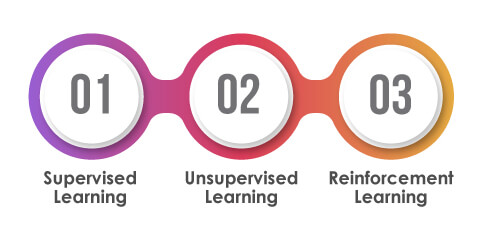
Machine Learning allows computer systems to learn from data, identify patterns, and make decisions with minimal human intervention. The fundamental idea is to create algorithms that can modify themselves without being explicitly programmed. These systems adapt independently to evolving situations by continuously learning from new data and providing valuable insights.
There are three primary types of Machine Learning, each with its unique learning method and application:
Supervised Learning: This is the most common type where the algorithm learns from labelled data. Given a set of inputs and corresponding correct outputs, the model makes predictions and adjusts based on the feedback.
Unsupervised Learning: Here, the algorithm identifies patterns and structures in unlabelled data. It’s typically used for clustering, anomaly detection, and association rule mining.
Reinforcement Learning: The system learns to make specific decisions by trial and error. It is rewarded or penalised based on the outcomes of its actions, motivating it to find the most effective way to achieve a goal.
In finance, ML algorithms assist in detecting fraudulent transactions by learning patterns from previous data. In healthcare, ML can predict disease progression by analysing patient records. Retail giants like Amazon use ML to provide personalised product recommendations, bolstering customer experiences and increasing sales.
An Overview of Deep Learning
Deep Learning, a subset of Machine Learning, employs artificial neural networks with several layers to simulate human decision-making. DL models can autonomously learn complex patterns and make intelligent decisions by processing data through these multiple layers. It utilises artificial neural networks that consist of interconnected layers of nodes, also known as ‘neurons’. Each layer processes some part of the data, passes it on to the next layer, and so on, with the final layer generating the output.
The initial layers might recognise simple patterns, while the deeper layers combine these simple patterns to identify more complex ones. Deep Learning models can comprehend intricate patterns and structures in data through such gradual, layered processing.
Deep Learning in the Real World
Deep Learning has various applications in our daily lives. For instance, it powers voice assistants like Amazon’s Alexa or Apple’s Siri, enabling them to understand and respond to our queries. It’s also the technology behind self-driving cars, where it recognises objects, predicts their movements, and navigates safely.
Furthermore, in healthcare, DL aids in diagnosing diseases by analysing medical images and identifying patterns that might go unrecognised to the human eye. In e-commerce, it personalises the shopping experience by analysing user behaviour and providing tailored recommendations.
Deep Learning vs Machine Learning
| Aspect | Machine Learning | Deep Learning |
|---|---|---|
| Architecture and Model Complexity | Models use simpler algorithms and typically require manual feature engineering. | Uses multi-layer neural networks that automatically learn features from raw data. |
| Data Representation | Features are manually extracted by domain experts before training. | Works directly with raw data such as images, text, and audio. |
| Performance and Scalability | Suitable for small to medium datasets and simpler tasks. | Excels with large datasets and complex tasks. |
| Training Time and Resources | Faster training and lower computational requirements. | Requires significant computational resources and longer training time. |
| Interpretability | Easier to interpret due to explicit features and logic. | Harder to interpret due to complex neural network structures. |
| Domain and Use Cases | Used in regression, classification, clustering, and decision trees. | Used in image recognition, NLP, speech recognition, and autonomous systems. |
Role of Testing in Machine Learning
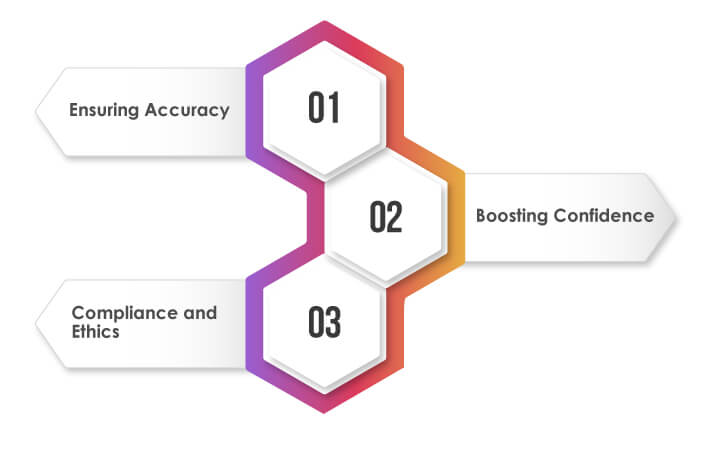
Testing in machine learning is crucial for several reasons:
Ensuring Accuracy:
By validating the accuracy of ML models, business leaders can confidently make data-driven decisions, leading to improved efficiency and better outcomes.
Boosting Confidence:
Rigorous testing instils trust in ML systems, empowering your team to embrace AI-powered solutions and leverage them to their full potential.
Compliance and Ethics:
With an increasing focus on data privacy and ethical considerations, testing helps ensure ML models comply with regulations and maintain ethical standards.
How Does Testing Work in Machine Learning?
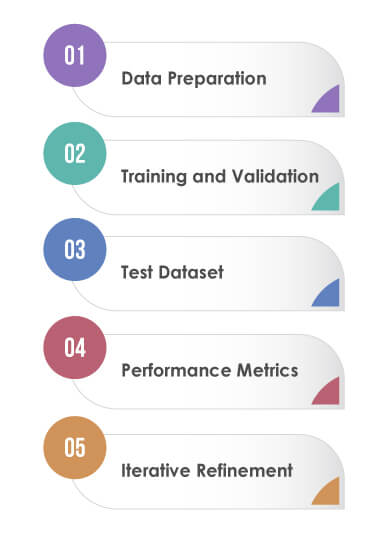
Testing ML models follows a systematic approach that includes the following steps:
Data Preparation:
High-quality data is the backbone of any successful ML model. Preparing and cleansing data is the first step towards accurate testing.
Training and Validation:
During this phase, models are trained on a subset of the data and validated on another to gauge their performance.
Test Dataset:
A separate test dataset is used to evaluate the model’s performance, objectively assessing its capabilities.
Performance Metrics:
Various metrics, such as accuracy, precision, recall, and F1 score, measure the model’s effectiveness.
Iterative Refinement:
Testing is not a one-time event but an iterative process involving adjustments and improvements to enhance model performance continually.
Role of Testing in Deep Learning
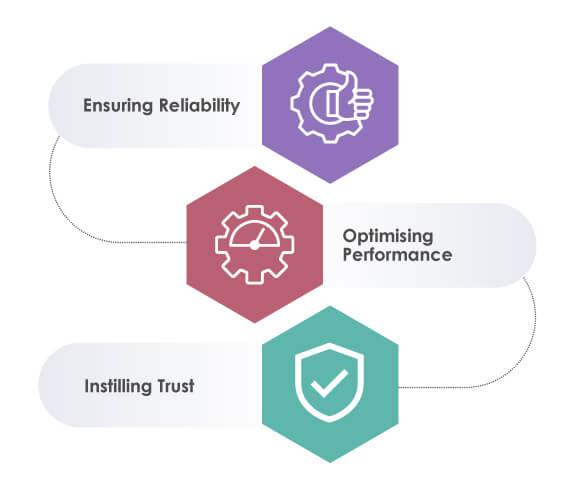
Testing deep learning models is necessary for the following reasons:
Ensuring Reliability:
Robust testing guarantees the reliability and consistency of deep learning models, enabling confident decision-making in critical business scenarios.
Optimising Performance:
Businesses can fine-tune their AI solutions to deliver the best possible outcomes by thoroughly evaluating model performance.
Instilling Trust:
As AI adoption rises, testing promotes trust among stakeholders and end-users, reinforcing the benefits of embracing deep learning.
How does Testing work in Deep Learning?
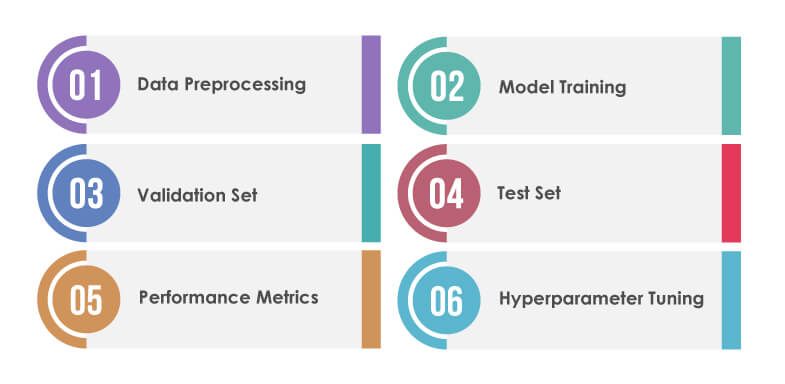
Testing deep learning models involves a systematic process that encompasses the following stages:
Data Preprocessing:
High-quality data forms the backbone of successful deep learning models. Preprocessing involves cleaning, transforming, and augmenting data to optimise its usability.
Model Training:
During this phase, the neural network learns patterns and features from the data, adjusting its parameters to minimise errors.
Validation Set:
A portion of the data is reserved for validation to assess the model’s performance during training and identify potential overfitting.
Test Set:
A separate test set assesses the model’s generalisation capabilities, measuring its performance on unseen data.
Performance Metrics:
Various metrics, including accuracy, precision, recall, and F1 score, are employed to gauge the model’s effectiveness and identify areas for improvement.
Hyperparameter Tuning:
Fine-tuning hyperparameters is essential to optimise the model’s performance and enhance its robustness.
How TestingXperts Can Help with ML Testing?
TestingXperts offers specialized machine learning testing Services to ensure your AI applications and models are robust, reliable, and effective. Our team of experts provides a comprehensive and tailored approach to meet your specific needs.
Why Choose TestingXperts?
Expertise in Latest Tools and Techniques
Our team stays at the forefront of technology, using the latest machine-learning technologies and testing tools. This allows us to conduct rigorous, state-of-the-art tests, ensuring your machine-learning models are ready for real-world applications.
End-to-End Service
From the initial planning stage to executing the tests and providing after-service support, TestingXperts offers comprehensive, end-to-end machine learning testing services.
Ethics and Compliance Checks
We prioritize ethical guidelines and standards in our machine learning testing services. We perform rigorous reviews to ensure your model meets ethical norms and complies with all relevant regulations.
Data Quality Assurance
Quality data is the backbone of successful machine learning models. At TestingXperts, we conduct meticulous data quality checks to ensure your training data is high-quality, diverse, and accurately represents the problem space.
Model Interpretability Checks
Transparency and accountability in AI are crucial. We evaluate your machine learning models for interpretability, ensuring users understand the basis of the model’s decisions.
Conclusion
A key difference between these two technologies lies in data dependence, computational requirements, feature extraction, and interpretability. While both have their unique strengths and potential application areas, the choice between Machine Learning and Deep Learning should be guided by the specific needs of your project. Also, testing in machine learning is not an option but a necessity. Contact TestingXperts today for all your machine learning testing needs.
FAQs
Machine learning relies on structured data and predefined rules. Deep learning uses neural networks to learn patterns from unstructured data. Deep learning mimics human decision-making, making it more effective for complex tasks like image and speech recognition.
Deep learning is ideal when handling large-scale, unstructured data like images, videos, and natural language. It excels in tasks requiring high levels of abstraction, such as facial recognition, self-driving cars, and predictive analytics.
Deep learning models process raw data using convolutional and recurrent neural networks, automatically detecting intricate patterns in images and speech. This enables real-time facial recognition, voice assistants, and accurate medical imaging analysis with minimal human intervention.
Challenges include the need for massive datasets, high computational power, and long training times. Deep learning models can also be opaque, making explain ability and bias detection difficult.
Discover more
